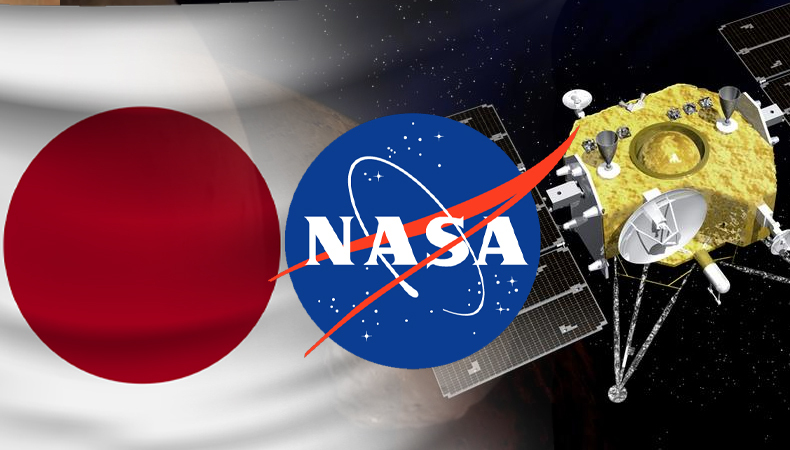What Is Japan’s Martian Moon Mission? Why Did NASA Join It?

The Martian Moon Mission has a mission of generating high-quality digital terrain models of the moons and examining their development and history in relation to the Red Planet.
The mission aims to investigate the particles of interplanetary dust that hit Mars and their contribution to the creation of high-altitude ice clouds in the Martian atmosphere.
A team of 10 scientists, comprising members from different universities and NASA centers, has planned to land on the moon’s surface and bring back samples to Earth. The mission is expected to take off in 2024.
What is Japan’s Martian Moon Exploration mission?
The JAXA Martian Moon exploration (MMX) mission is a collaborative effort between JAXA and NASA. The mission’s objective is to conduct an exploration of Phobos and Deimos, the two moons of Mars.
The project, which is scheduled to launch in 2024, will explore the deep science of the moons by investigating their formation and progression around the Red Planet.
The MMX mission is a space exploration mission that aims to land on the surface of the moons and collect samples. These samples will be brought back to Earth for further analysis.
A team of 10 scientists from various institutions, among them the Johns Hopkins Applied Physics Laboratory, California State University, Northern Arizona University, Jet Propulsion Laboratory, Goddard Space Flight Center, and the University of Maryland, will participate in the mission.
The mission aims to achieve three main objectives: generating high-quality digital terrain models of the Martian moons, examining interplanetary dust particles that impact Mars, and investigating the development of high-altitude ice clouds in the atmosphere of Mars.
The MMX mission has the objective of increasing our understanding of the gravity fields, forms, rotational states, and internal mass variations of Phobos and Deimos.
Why Did NASA Join Japan’s Martian Moon Exploration mission?
NASA has teamed up with Japan’s Martian Moon Exploration (MMX) mission to conduct a scientific exploration of the two moons of Mars, Phobos and Deimos. The primary objective of this mission is to gain a better understanding of the origin and evolution of these moons in relation to the Red Planet.
The purpose of the mission is to generate detailed digital terrain models of the Martian moons. Additionally, the mission aims to investigate the interplanetary dust particles that hit Mars and their contribution to the creation of high-altitude ice clouds in the atmosphere of Mars.
Ten scientists have been selected by NASA for their upcoming mission, scheduled to launch in 2024. The mission aims to not only land on the moon’s surface but also collect samples and bring them back to Earth.
The University of Chicago, Arizona State University, and NASA’s Goddard Space Flight Center will examine the samples for more information after they are brought back to Earth.
NASA has collaborated with JAXA on the MMX mission to perform scientific research on the properties and formation of the Martian moons and to explore them further.




